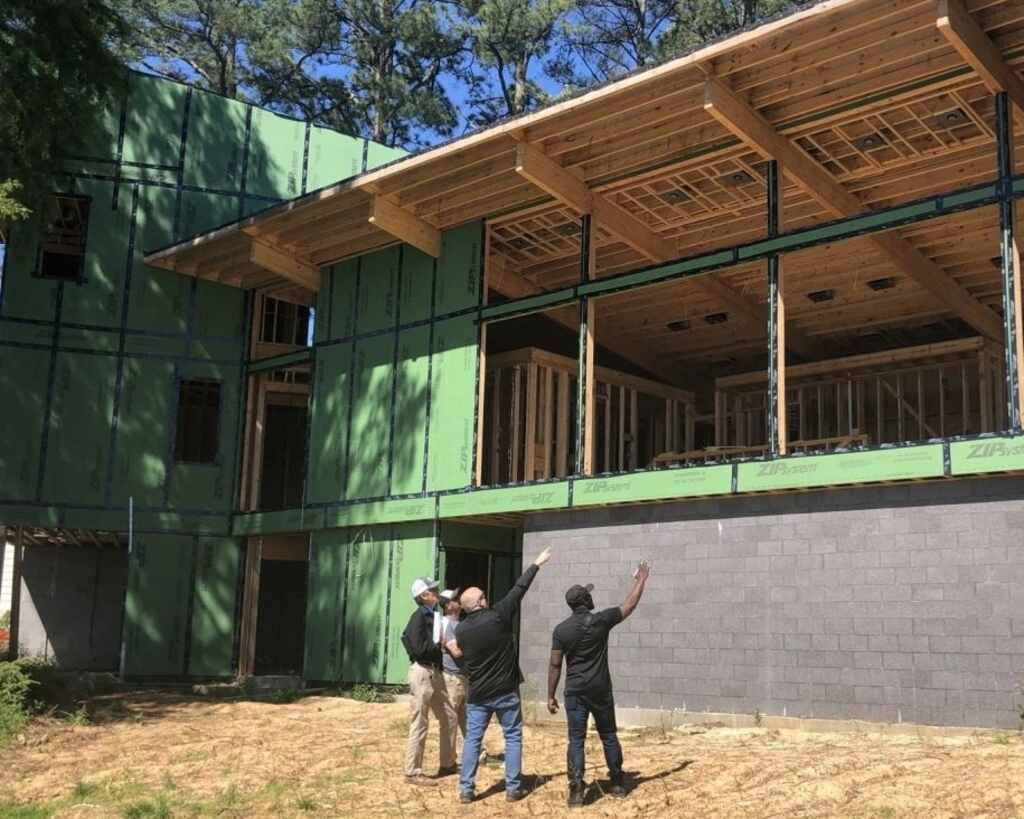The construction process is more than just a series of tasks, it’s a collective effort that brings visions to life. When builders and architects work closely together, the results go beyond well-constructed buildings — they deliver cohesive, functional, and aesthetically pleasing spaces that align with client expectations. Collaboration between these two key stakeholders is the foundation of efficient and successful construction projects.
To streamline this collaboration, many professionals rely on a construction management platform. These tools facilitate communication, document sharing, and project tracking, ensuring that both architects and builders stay aligned at every stage of the project.
The Role of Builders and Architects in Construction
Architects are responsible for designing a project, considering both its form and function. They create blueprints and ensure the design meets safety, zoning, and environmental standards. Builders, on the other hand, bring these designs to life. They manage materials, labor, and the construction process, ensuring that the project is completed on time and within budget.
While their roles differ, their goals are deeply interconnected. A lack of collaboration can lead to miscommunication, errors, and costly delays. Working together harmoniously ensures the final product meets both the client’s vision and practical requirements.
Key Benefits of Collaboration
- Enhanced Project Planning:
When builders and architects collaborate early in the process, project planning becomes more efficient. Builders can provide insights into construction techniques, material availability, and cost considerations, which helps architects refine their designs. - Cost Efficiency:
Collaboration minimizes errors and rework, reducing overall project costs. Builders can identify potential issues in the design phase and suggest cost-effective alternatives, ensuring that the project stays within budget. - Improved Design Feasibility:
Builders bring practical knowledge to the table, helping architects create designs that are not only visually stunning but also structurally sound and easy to execute. This synergy bridges the gap between concept and reality. - Faster Project Timelines:
By maintaining open communication, builders and architects can address challenges as they arise, avoiding delays. A construction management platform plays a critical role here, allowing both parties to share updates and track progress in real-time. - Higher Quality Outcomes:
Collaboration ensures that both the design intent and construction execution align perfectly. The result is a building that meets functional requirements without compromising on aesthetics. - Client Satisfaction:
When builders and architects work as a team, clients experience a smoother process with fewer surprises. This partnership builds trust and ensures the final product meets or exceeds their expectations.
Best Practices for Builder-Architect Collaboration
- Early Involvement:
Bring builders into the design process as early as possible. Their expertise can shape practical solutions that save time and resources later in the project. - Clear Communication Channels:
Establish regular meetings and updates to ensure alignment throughout the project. Using digital tools like a construction management platform can centralize communication and keep everyone on the same page. - Defined Roles and Responsibilities:
Clarify the roles and responsibilities of both parties from the outset. This reduces confusion and ensures accountability. - Mutual Respect for Expertise:
Builders and architects must recognize and value each other’s expertise. Architects should be open to practical suggestions, and builders should respect the creative vision of the architect. - Problem-Solving Mindset:
Challenges are inevitable in construction projects. A collaborative mindset helps builders and architects work together to find solutions quickly and effectively.
The Role of Technology in Collaboration
Modern construction projects are complex, involving numerous stakeholders, tight deadlines, and intricate designs. Technology bridges the gap between builders and architects, streamlining their interactions and enhancing efficiency.
A construction management platform serves as a central hub for all project-related activities. From sharing design files to tracking timelines and budgets, these tools enable seamless collaboration. They also provide real-time updates, ensuring that both builders and architects can address issues promptly and keep the project moving forward.
Real-Life Examples of Successful Collaboration
- Sustainable Design:
In projects that prioritize sustainability, architects and builders work closely to select eco-friendly materials and incorporate energy-efficient systems. Their partnership ensures that the building meets environmental standards without exceeding budgetary constraints. - Custom Homes:
In custom home projects, close collaboration between architects and builders helps translate unique client visions into reality. Builders provide feedback on feasibility and costs, while architects adjust designs to meet practical needs.
Conclusion
The collaboration between builders and architects is essential for the success of any construction project. By working together, they can achieve efficient planning, cost savings, and exceptional quality. Tools like a construction management platform enhance this partnership by fostering communication and ensuring smooth workflows. In a field where every detail matters, this collaboration not only benefits the professionals involved but also results in satisfied clients and remarkable structures.

